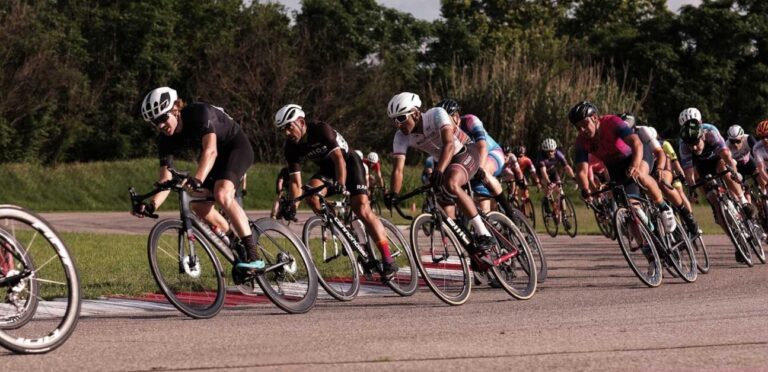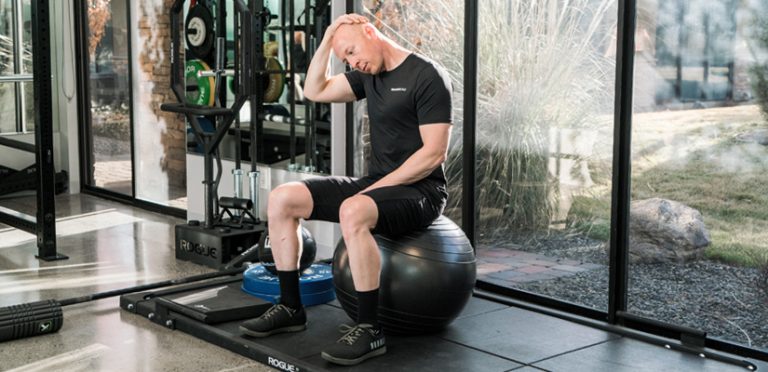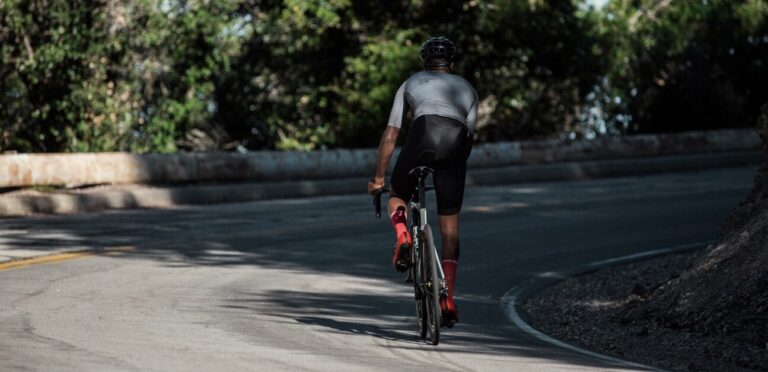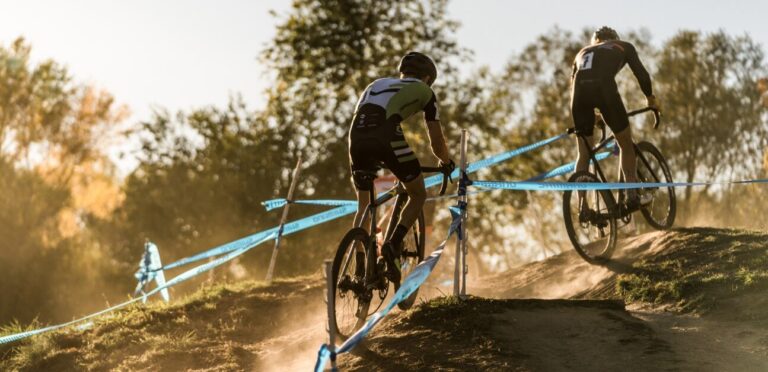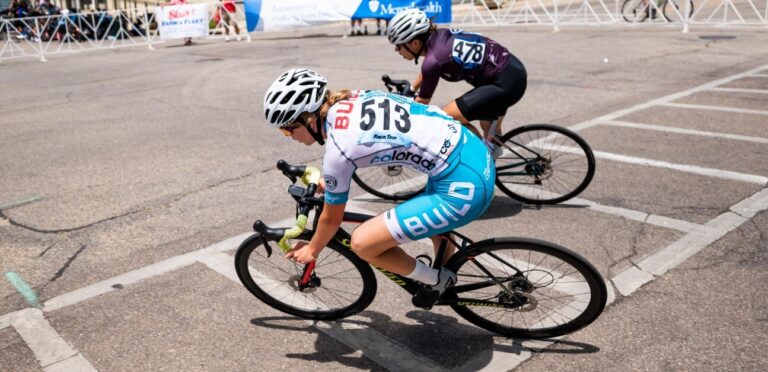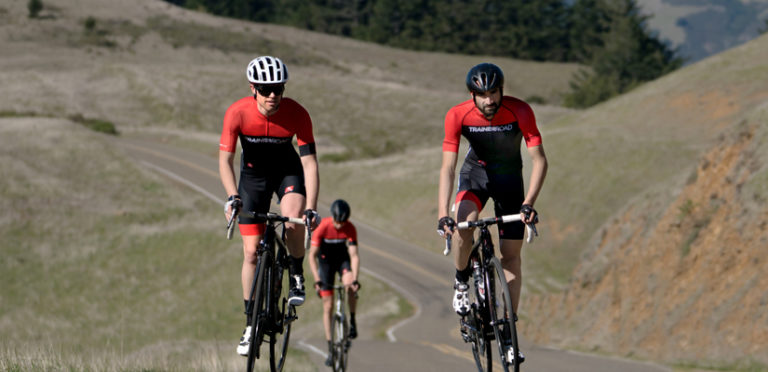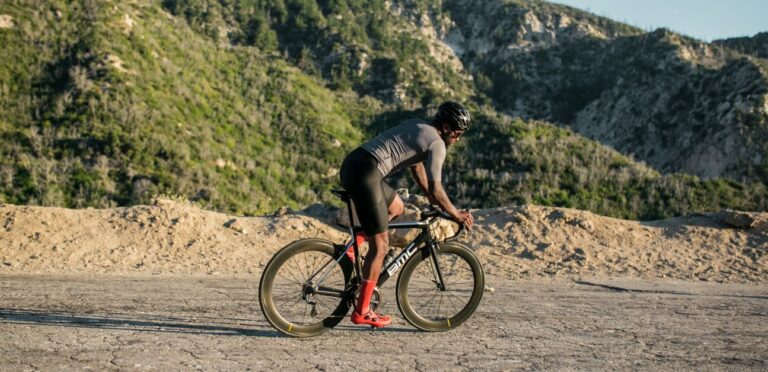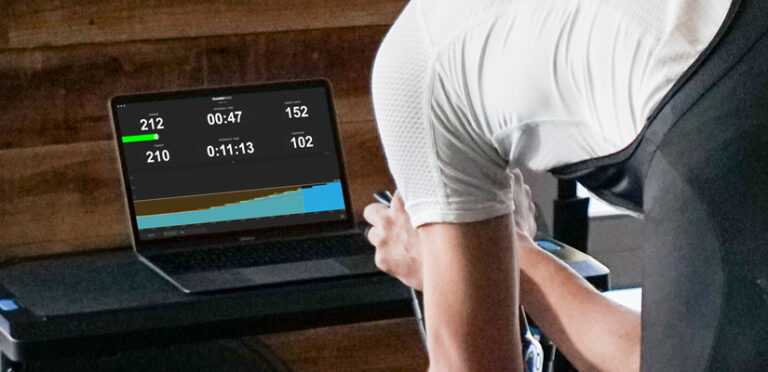Cyclists are constantly searching for that magic training bullet to take our performance to the next level. But we often spend so much time pondering what we should be doing, that we neglect to consider the things that we shouldn’t— and as it turns out, most of us are holding ourselves back with a few easily solvable mistakes. Which of these five common errors are you making in your training?
